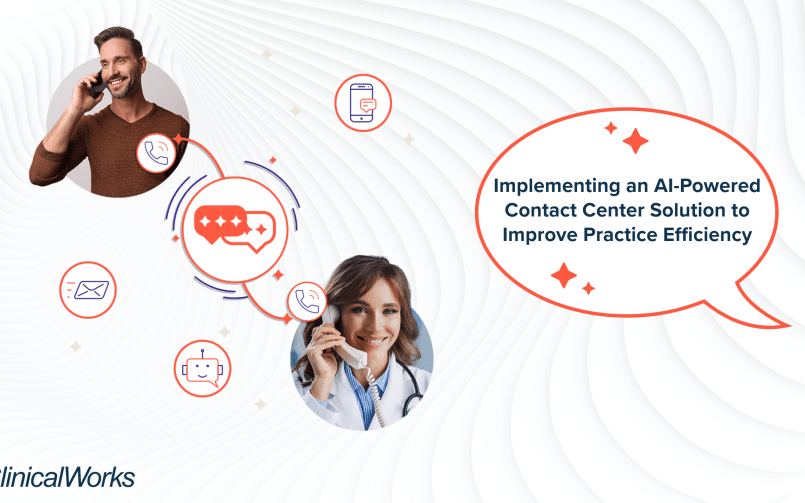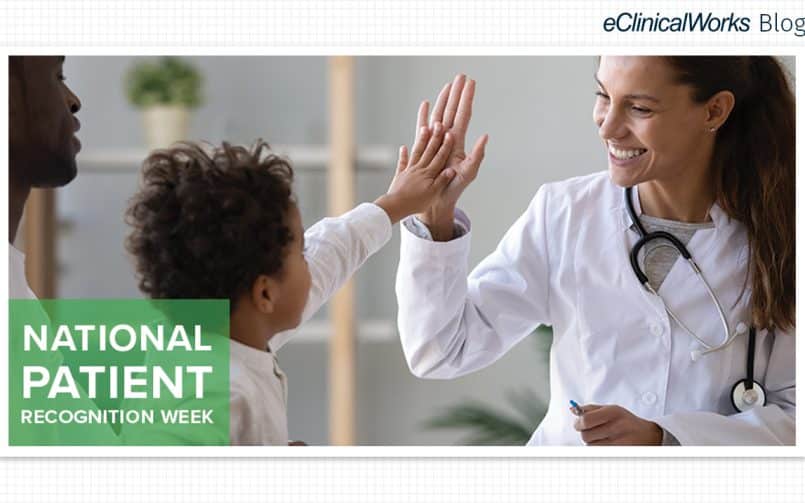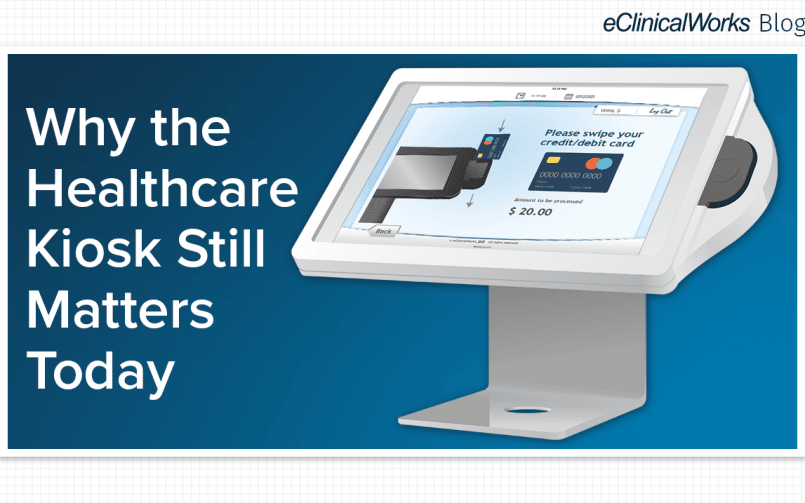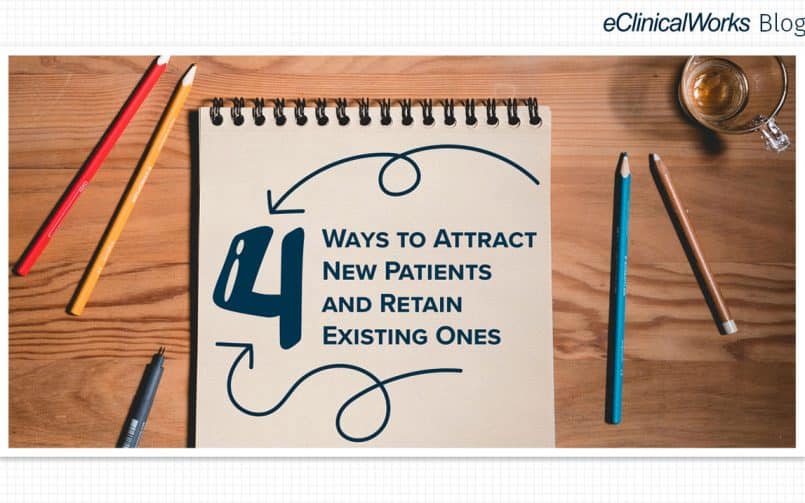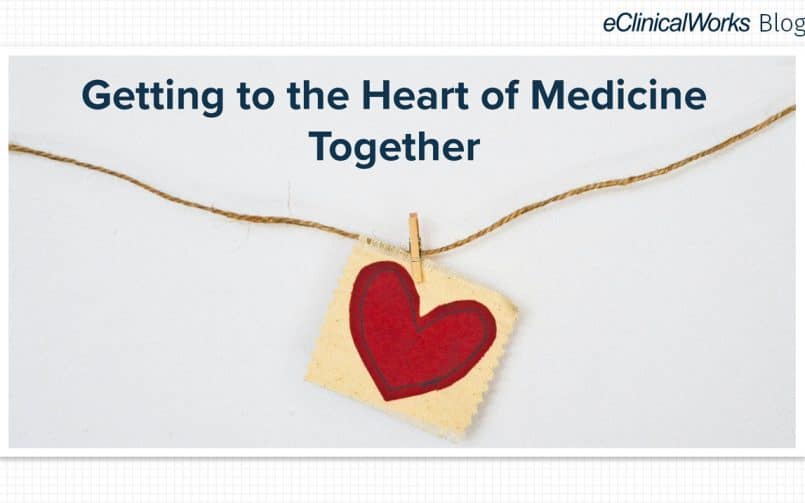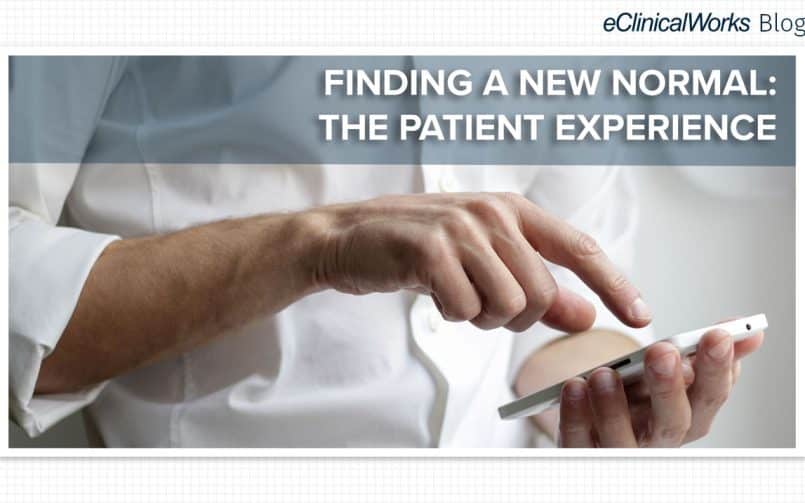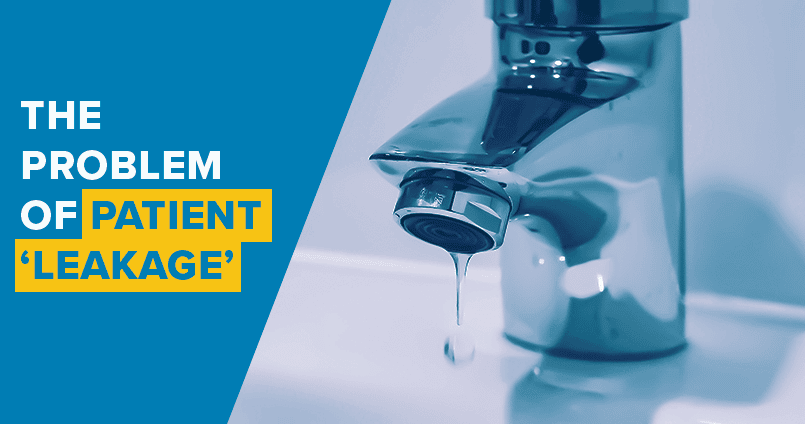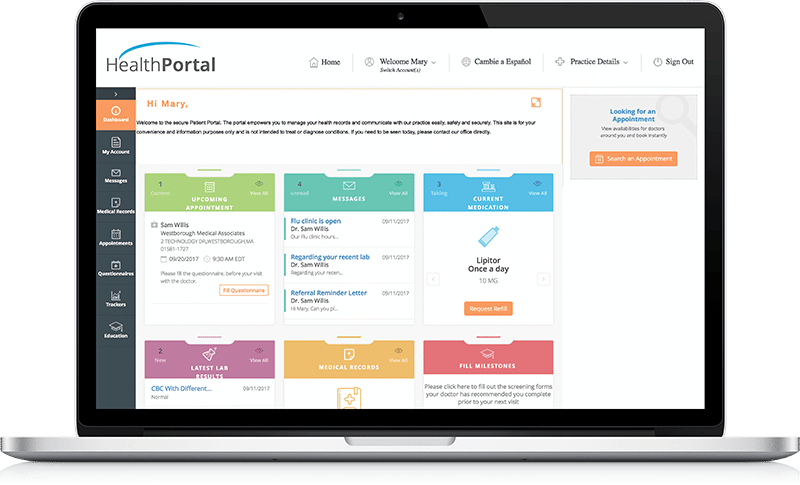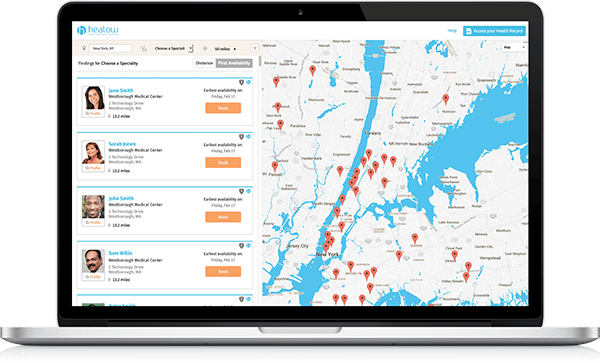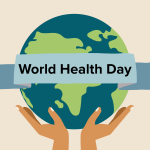Great Tools + Great Attitude = Great Experiences
- 10 January 2020
- Blog
eClinicalWorks
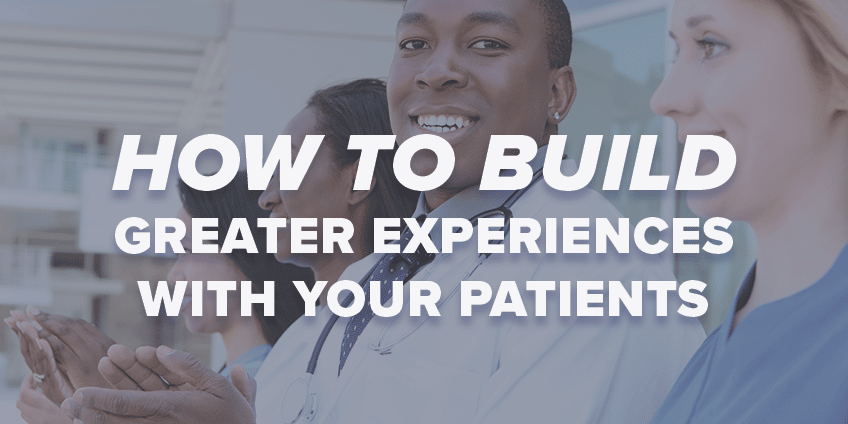
Today’s patients are fortunate to live in an era of remarkable medical discoveries and advances. Between 1920 and 2020, life expectancy in the U.S. grew from about 50 years to more than 75 years, according to data from the Centers for Disease Control and Prevention. Thanks to early detection and better treatments, death rates for many forms of cancer continue to decline. Genetic medicine and new drugs hold enormous promise for curing even the rarest and most debilitating diseases.
While dramatic medical advances grab the headlines, most patients and medical practices focus each day on a more modest goal — creating the best possible patient experience during each medical encounter.
Doing so requires both great healthcare IT tools and innovative, flexible thinking throughout a medical organization.
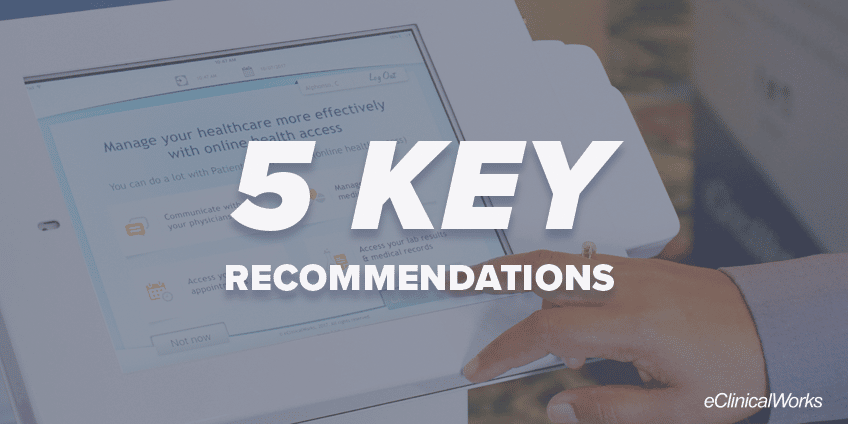
Five key recommendations
- Use patient satisfaction as a balance measure — not a driver for outcomes
- Evaluate entire care teams — not individual providers
- Use healthcare analytics to understand and act on data
- Leverage innovative technology
- Improve employee engagement
A recent HealthCatalyst® article cites five key recommendations for improving the patient’s experience of care. While all five are useful, the first and last items in that list are particularly intriguing.
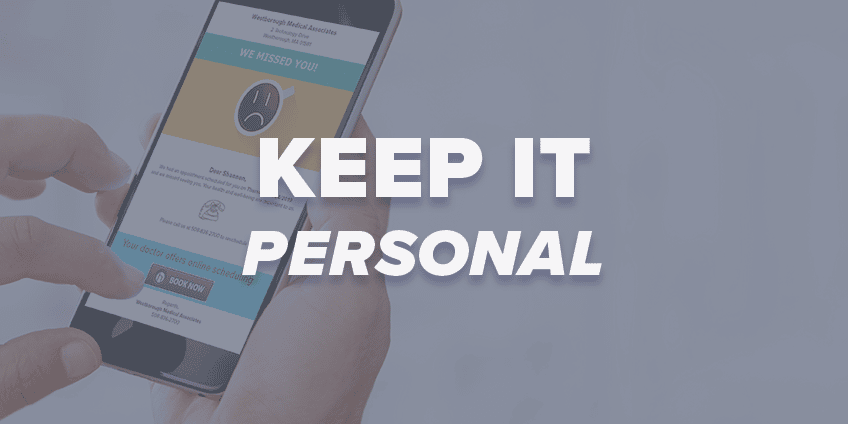
Keep it personal
Consider the first recommendation. It’s clear that with the arrival of value-based medicine, there is increasing emphasis on improving patient outcomes. And practices are well-advised to gauge patient satisfaction, something that can be done very effectively with products such as eClinicalMessenger®, which offers dozens of campaigns for follow-up and outreach.
However, the HealthCatalyst authors point out that achieving specific goals is not enough to ensure excellent care. Reducing the length of hospital stays, for example, might be achieved at the cost of discharging a few patients too early. Closing care gaps by screening more patients is a common goal. Still, success is defined not just by the number of screenings, but their effectiveness in detecting and accurately diagnosing disease.
Furthermore, some patients may receive the best possible care yet still express dissatisfaction because they are diagnosed with a life-threatening condition.
The key for providers and their staffs is to achieve balance: Use technology appropriately while taking a personalized, compassionate approach during each patient encounter. Doing so can help ensure that patients will be more satisfied with their care and more optimistic about their treatments.
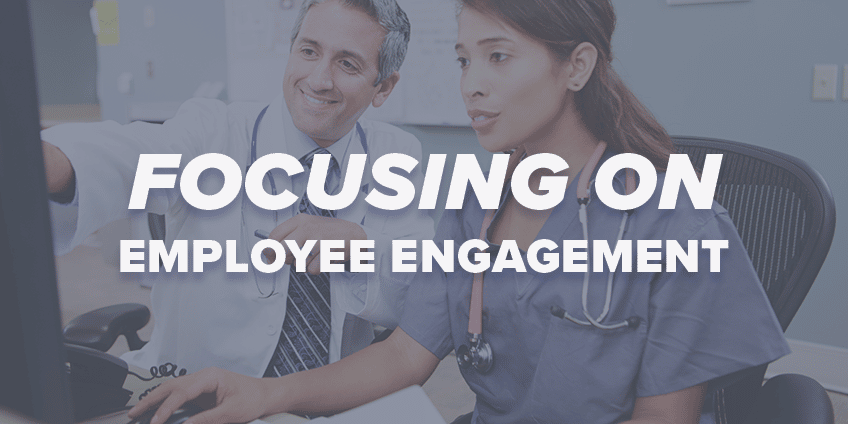
Focusing on employee engagement
The three middle recommendations — evaluating care teams as a whole, and using analytics and technology — should be familiar to every modern medical practice. It’s that final recommendation — improving employee engagement — that strikes a new and useful theme.
Many organizations today, the HealthCatalyst article notes, have created a Chief Patient Experience Officer, an individual responsible for things such as facility design, employee training, and engagement initiatives.
Rather than place the burden of health primarily on patients — urging them to keep their appointments, take their medications properly, and stay in touch — they recognize that healthcare is a true partnership. The better trained providers and staff are, the more naturally their day-to-day workflows will create great patient experiences.
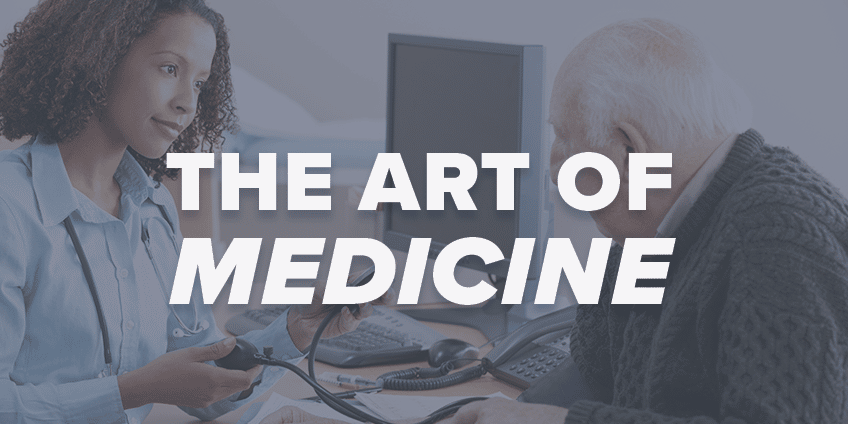
Remember the art of medicine
The bottom line in medicine today, then, isn’t primarily about the bottom line, whether that is financial or any specific metric tied to outcomes and performance. Rather, it’s a recognition that the medical professional’s first calling is to practice the art of medicine.
Remarkable advances in understanding are made each year New, life-saving drugs are being developed. And healthcare IT technology continues to grow in utility and sophistication. But nothing can — or ever should — replace the skill, care, and compassion that providers bring to their calling every day.
Ready to learn more? Click here.




